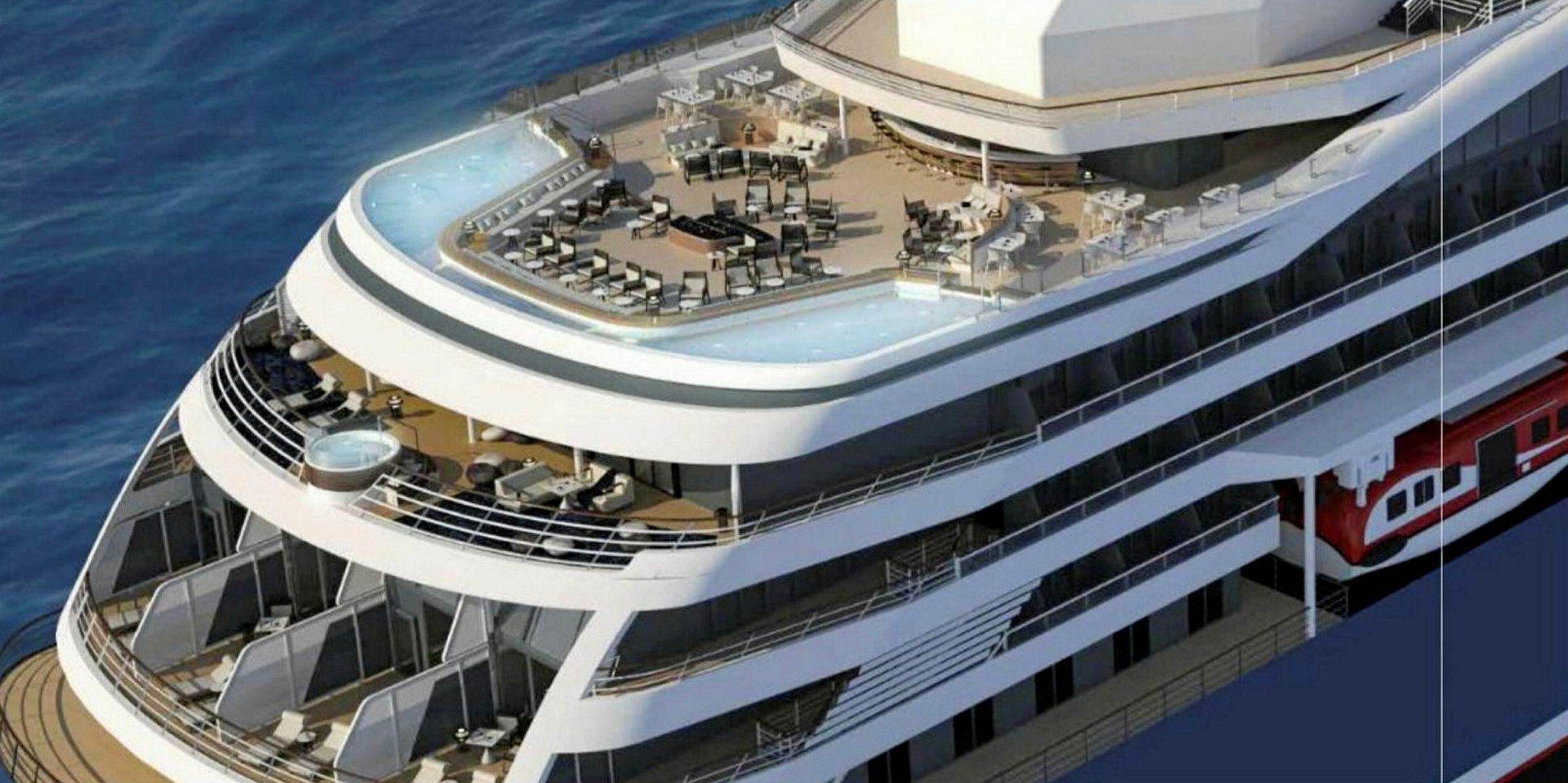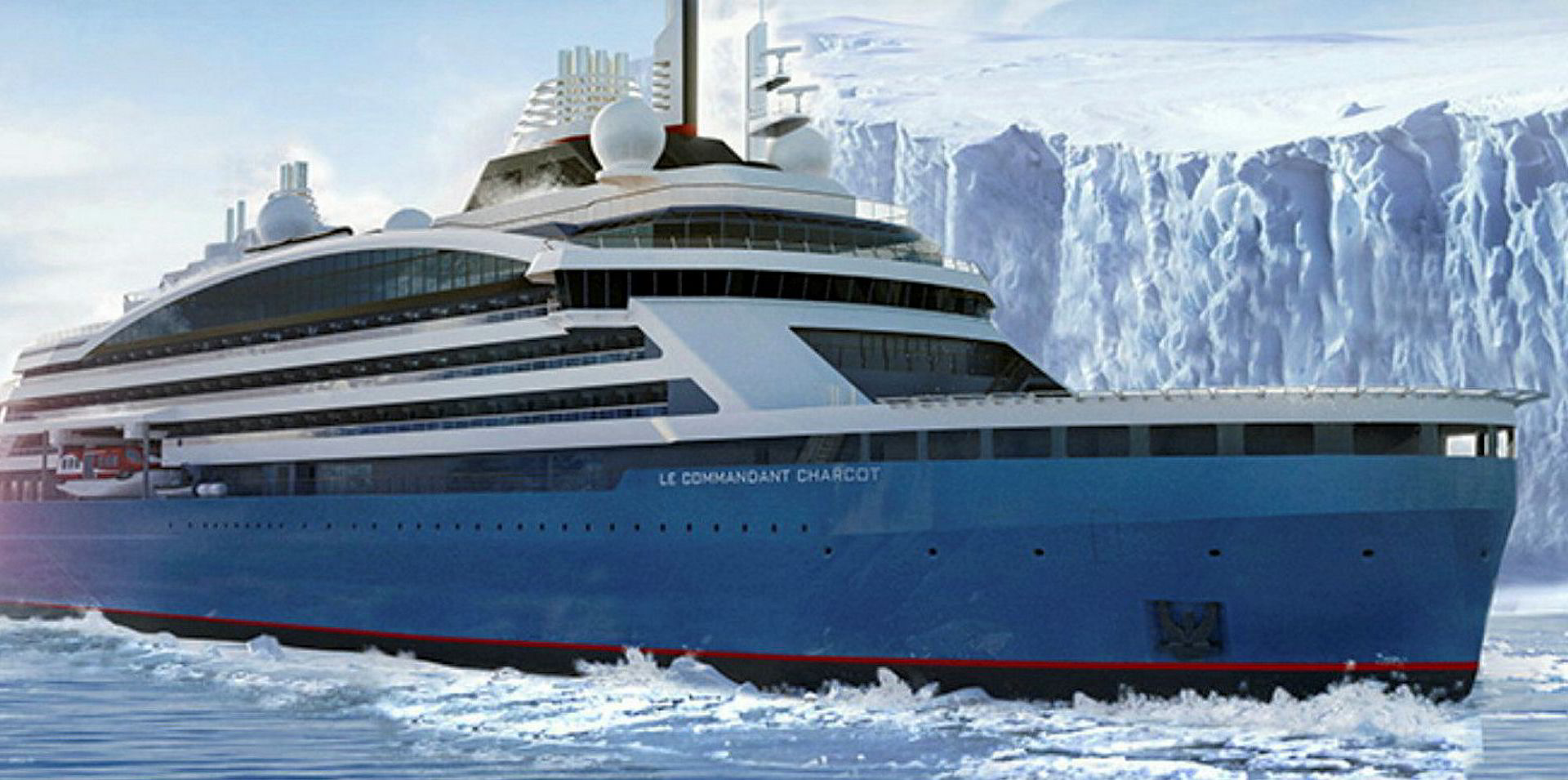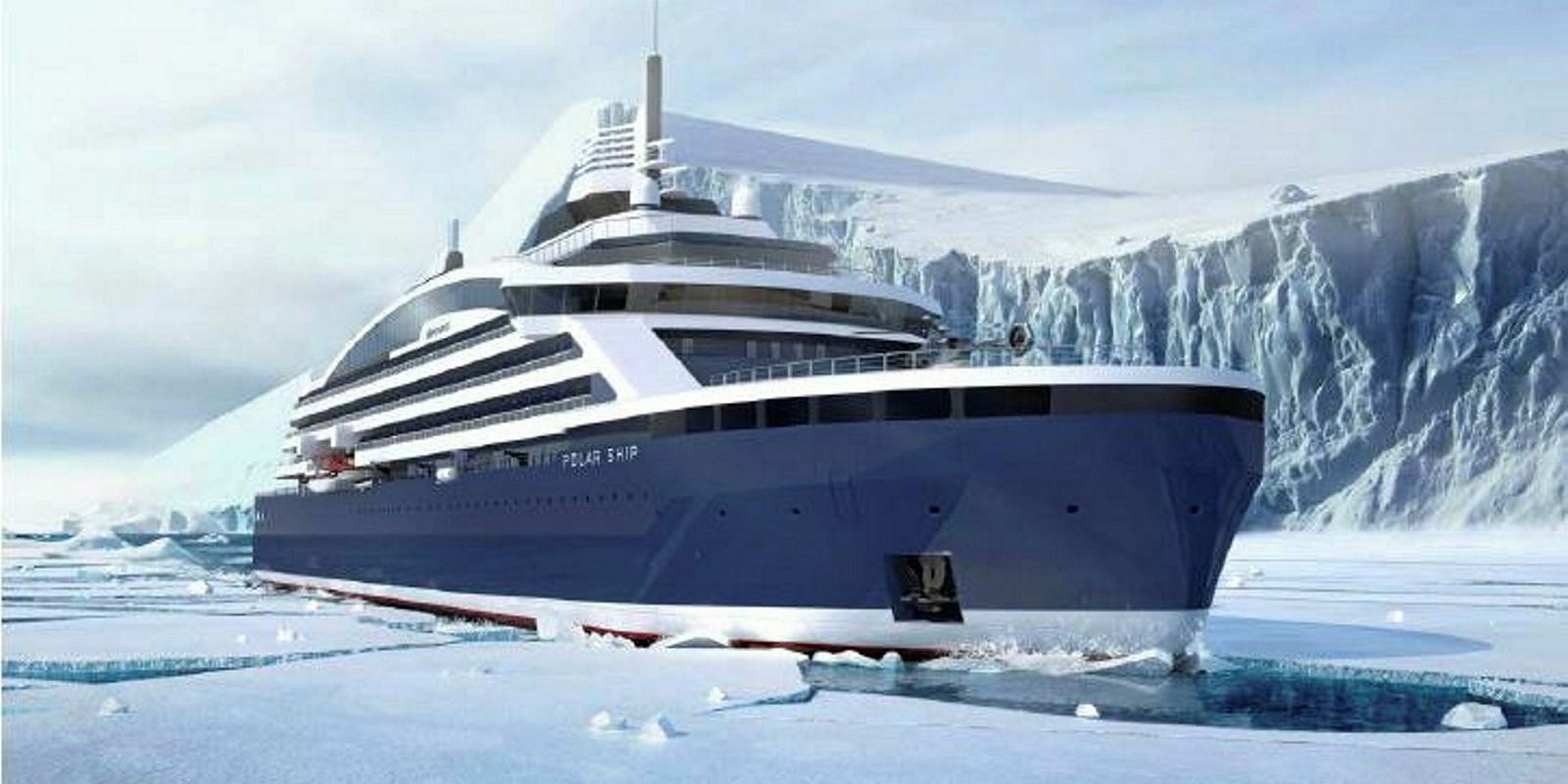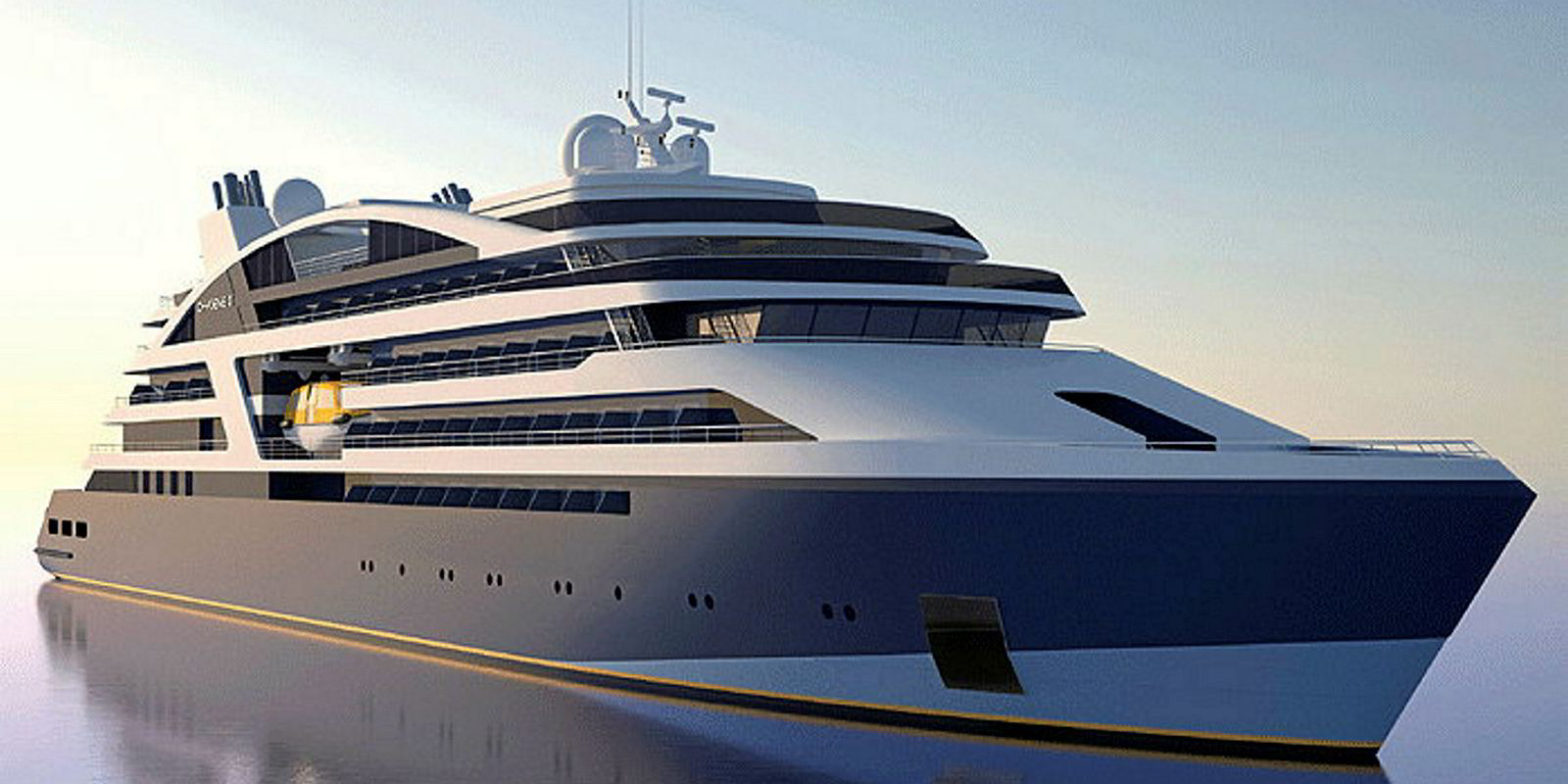Gucci, Saint Laurent and auction house Christie's are powerhouses in their respective sectors — and they are just the type of stablemates a luxury cruise line likes to be associated with.
That is the envious position fast-expanding French expedition cruise specialist Ponant finds itself in as part of the same Artemis group — a holding company for various top names in luxury.

Artemis, which belongs to billionaire Francois Pinault, acquired Ponant in 2015 from private equity outfit Bridgepoint, a former majority shareholder in German cruiseship conversion specialist Lloyd Werft. Among its possessions is a controlling stake in Kering (formerly PPR), which owns Gucci and Saint Laurent.
Prior to all of that, Ponant belonged to containership giant CMA CGM until 2012.

1867: Born in Neuilly-sur-Seine, Paris
1893-1896: Has three vessels constructed — the Pourquoi Pas? I, Pourquoi Pas? II and Pourquoi Pas? III
1902: Visits the Arctic region for the first time
1904-1907: Leads his first French Antarctic Expedition onboard the ship Francais, exploring the west coast of Graham Land portion of the Antarctic Peninsula
1908-1911: Commands his second Antarctic expedition onboard the ship Pourquoi Pas? IV and discovers several features, including the island that would subsequently carry his name: Charcot Island
1926-1936: Carries out a series of voyages to the likes of the Hebrides and the east coast of Greenland
1936: Dies when the Pourquoi Pas gets wrecked in a storm off Iceland
Each time the Marseille-based company has changed hands, substantial investment has allowed it to expand its fleet to what is now seven ships. Further newbuilding deliveries will take it to 12 vessels and 2,000 crew by 2021.
But throughout its 31-year history, a constant within Ponant has been Jean-Emmanuel Sauvee, who co-founded the company along with 14 merchant navy officers.
He is still chief executive, negotiated the sale to Artemis and is attributed with the fleet vision that will see Ponant take delivery of the world’s first hybrid electric icebreaker cruiseship powered by LNG.
Appropriately, the cruiseship — being constructed by Fincantieri subsidiary Vard in Romania and Norway — is being named Le Commandant Charcot, after French explorer Jean-Baptiste Charcot, who Ponant describes as an emblematic figure of French polar expeditions and a "gentleman of the poles".
French Navy officer Sauvee was 27 years old when he helped create Ponant in 1988, partly to provide a career path for other officers at a time when France’s proud history of operating transatlantic liners, such as the SS Normandie and SS France, was just a memory.
He convinced around 200 co-investors to construct the three-masted barque Le Ponant (built 1994), the company’s only sailing vessel, which remains in the fleet.
The 90-passenger Le Levant (built 1998) followed four years later but was sold to US-based Paul Gauguin Cruises in 2010.
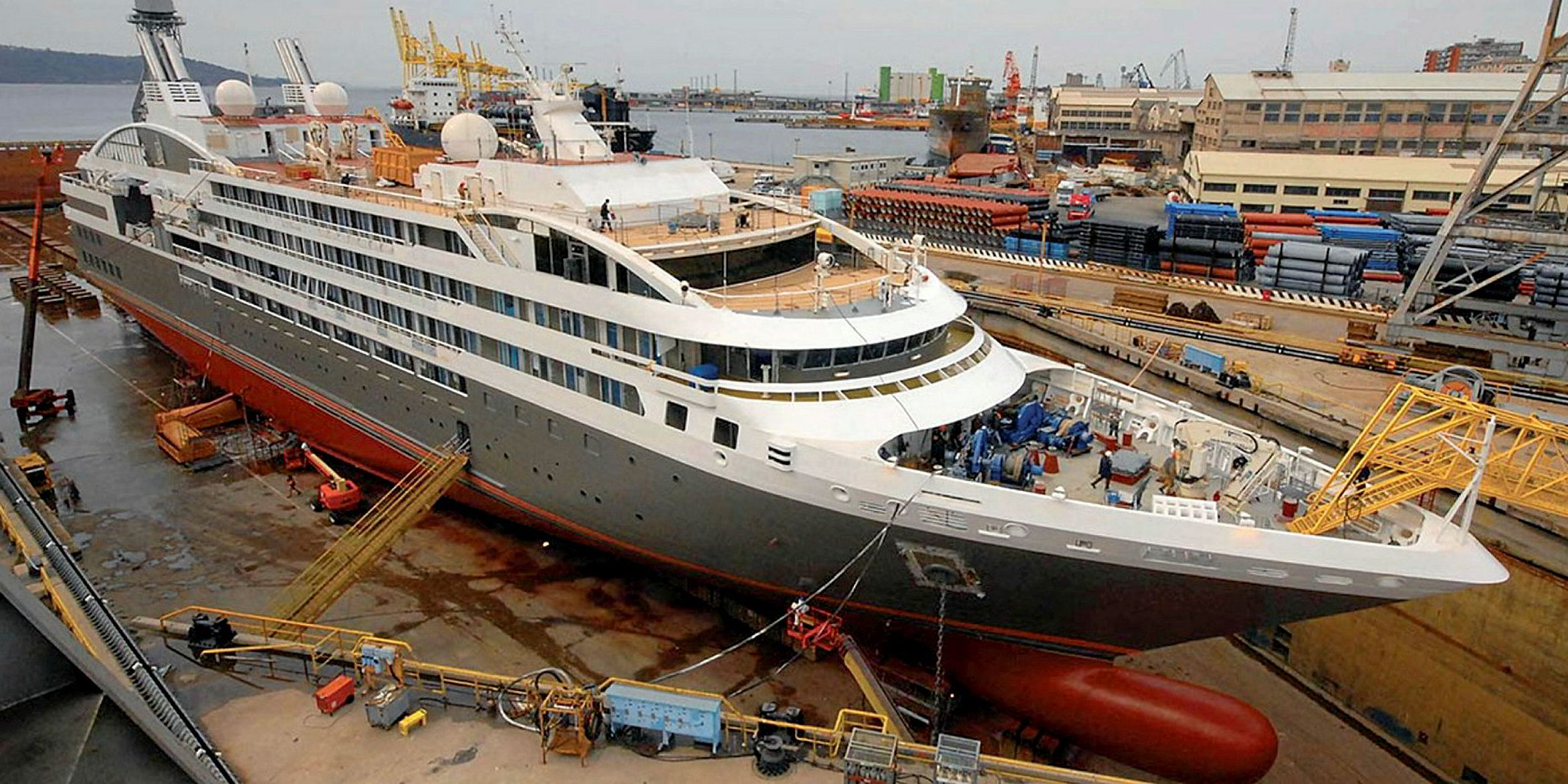
Le Ponant mainly focused on warmer-water destinations such as the Caribbean and Mediterranean, but subsequent ships allowed the operator to also market expedition itineraries to more remote areas.
Today, Ponant claims to be the world’s leader in luxury expeditions, a claim that gains gravity once the icebreaker Le Commandant Charcot sets sail on its first Top of the World cruise to the North Pole following its delivery in 2021.
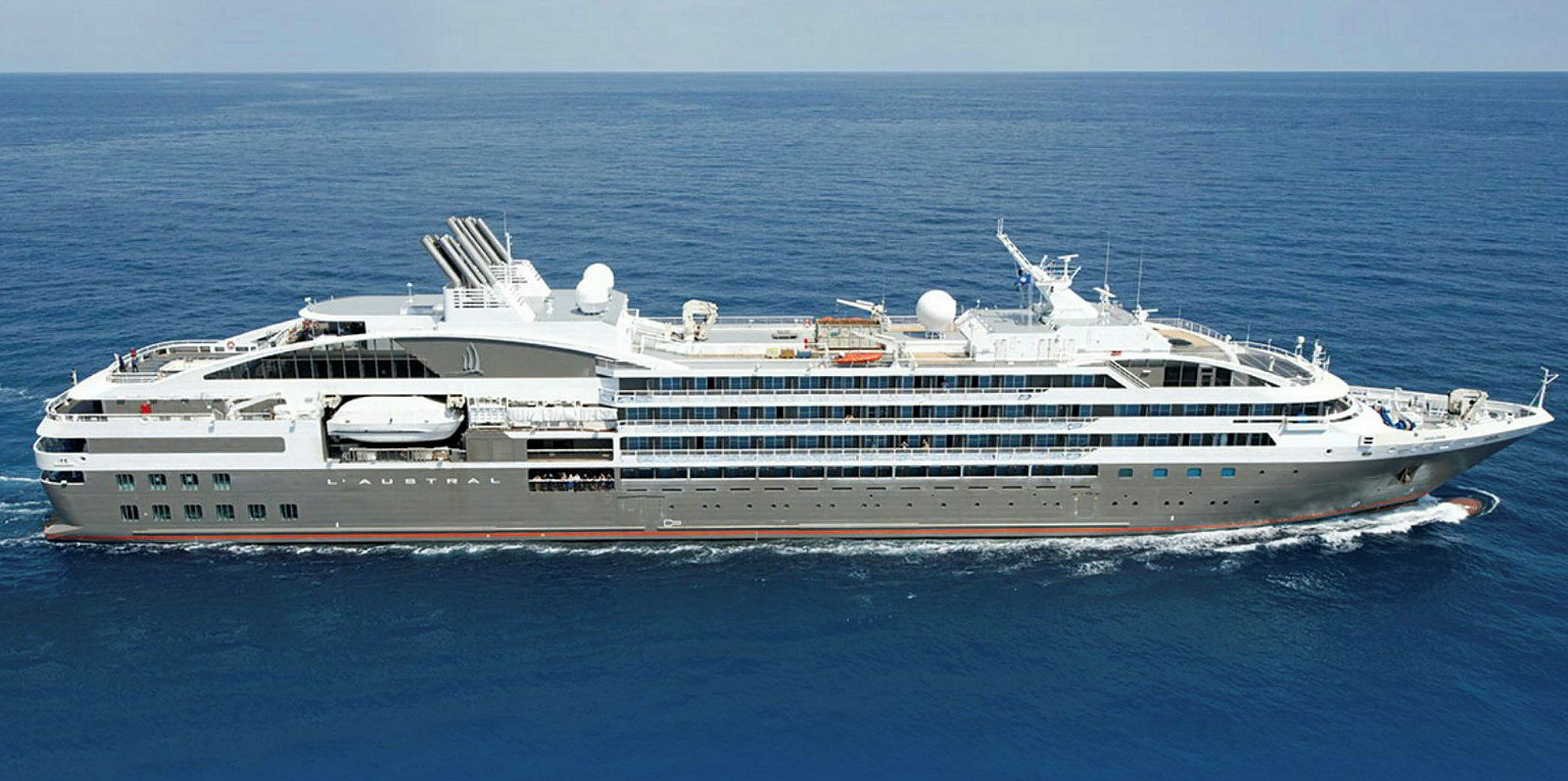
That voyage has only been made possible because of a programme that has seen around €1bn ($1.13bn) ploughed into newbuildings over the past eight or nine years.
CMA CGM set growth rolling by ordering a new generation of four ships as it also moved Ponant’s headquarters to Marseille.
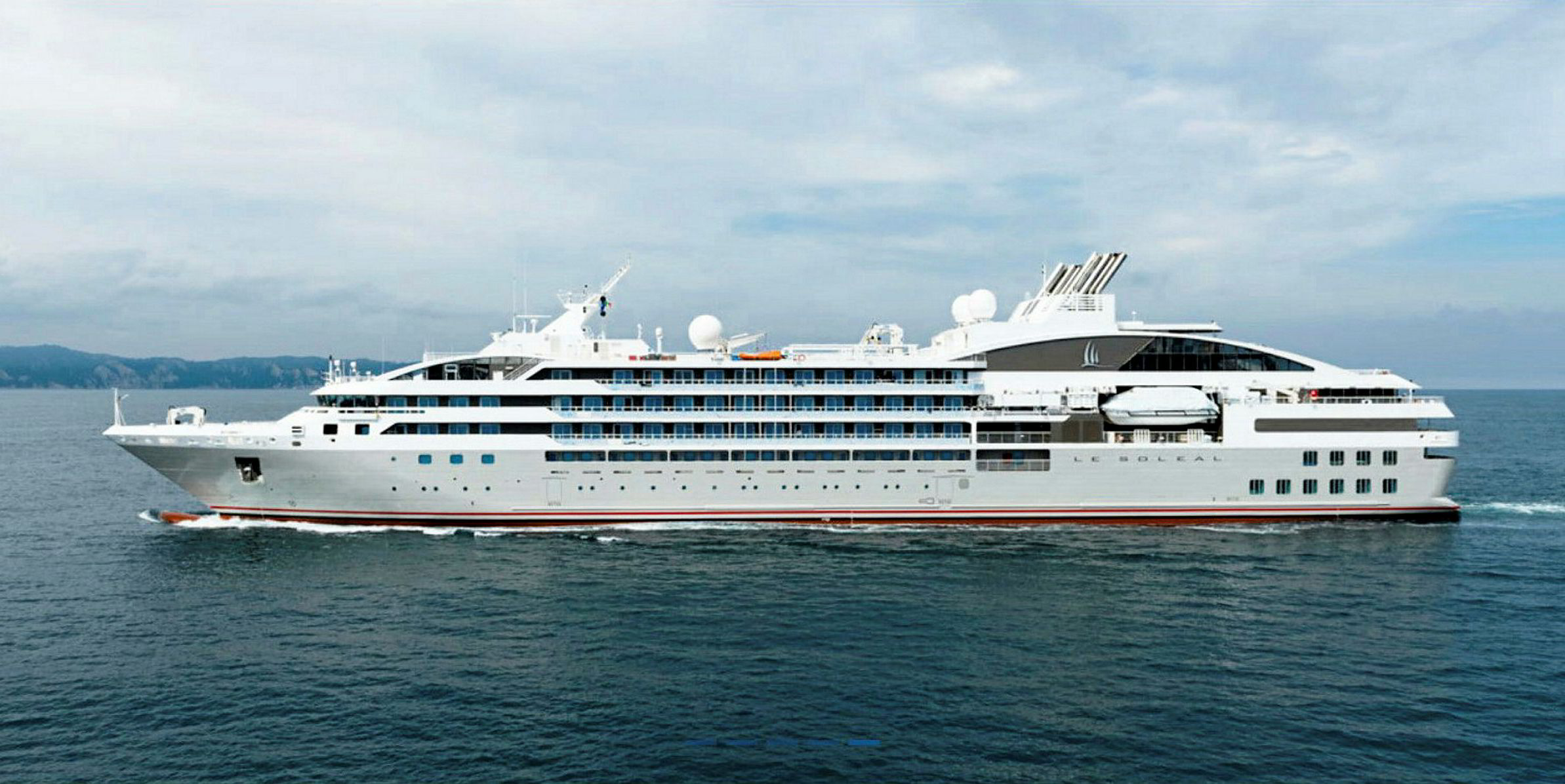
Those 11,000-gt, 264-passenger Fincantieri-built vessels, starting with Le Boreal in 2010, enabled Ponant to offer expedition cruises to the Arctic and Antarctic and other more remote destinations, including French Polynesia and Australia’s Great Barrier Reef.
Le Boreal was quickly followed by the L’Austral in 2011, Le Soleal in 2013 and Le Lyrial in 2015. In September 2013, Le Soleal became the first French merchant vessel to transit the Northwest Passage from Greenland to Siberia with 200 passengers onboard.
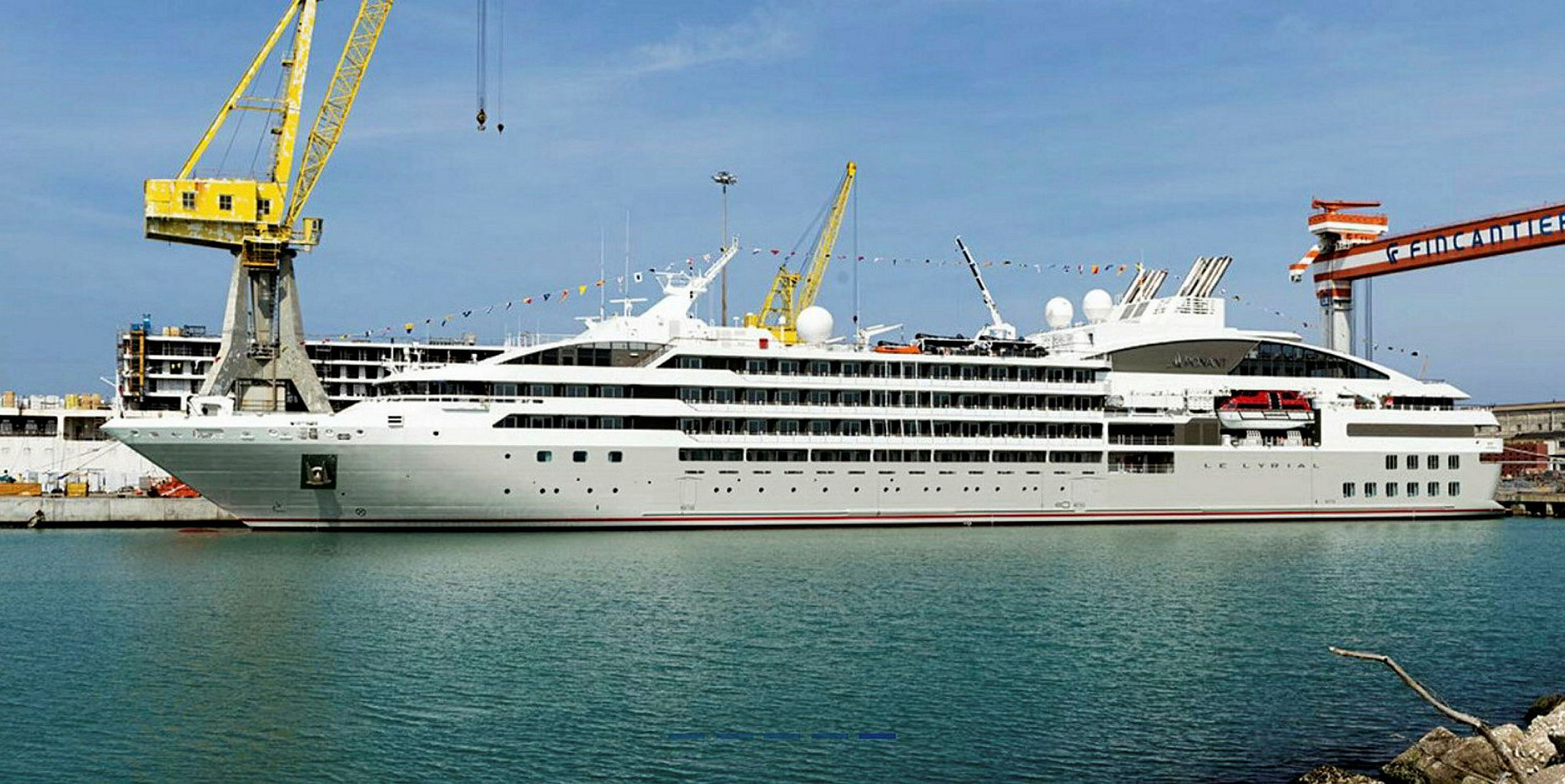
These so-called super mega-yachts each have only 122 to 132 staterooms and suites.
Stephen Winter, Ponant’s international sales director, says they were well received in the market, with, for example, cruise operator Abercrombie & Kent chartering Le Boreal for five weeks in its first Antarctic season.
A further opportunity to grow the fleet came in 2012, when investment fund Bridgepoint bought Ponant from CMA CGM.
Under Bridgepoint's ownership, the company doubled sales to €140m, tripled profits and two more ships were ordered.
Earlier, in late 2011, the 226-passenger liner Le Diamant (ex-Song of Flower, built 1974) — purchased in 2004 — was sold to investors, who transferred it to Quark Expeditions.
The sales of Le Diamant and Le Levant meant the Ponant fleet was now wholly designed and built by the company.
But Bridgepoint only held onto Ponant for three years before selling it to Artemis.

Unconfirmed market chatter suggests the takeover stemmed from a member of the Artemis-owning Pinault family trying to book a cruise with Ponant only to be told there was a long wait.
She went to her husband, told him “this must be a damned good business because you can’t find any free cabins”, and he promptly set about buying the company.
Winter highlights the advantage of being associated in the market with Artemis’ luxury brands and having a financially strong parent.
“They [Artemis] quickly decided ‘let’s keep going forward and create the world’s best and largest luxury cruise line’,” he says.
Consequently, in 2016, Ponant ordered the first four in a series of approximately 10,000-gt Explorers-class newbuildings, accommodating 180 passengers in 92 staterooms and suites.
Vard Tulcea in Romania was tasked with building the hulls and Vard in Norway was given the job of completing them. Each is reported to have cost around $150m.
In 2018, Ponant launched the first pair in the series, Le Laperouse and Le Champlain, which feature an underwater multi-sensory lounge inspired by Jules Verne’s 20,000 Leagues Under the Sea. Passengers view marine life via two portholes in the form of a cetaceous eye.
They are scripted for Iceland cruises but mostly tropical expedition voyages.
Two more newbuildings — Le Bougainville and Le Dumont-d’Urville — are set for delivery this year, followed by Le Bellot and Le Jacques Cartier in 2020. The last two were ordered in 2018, taking the Explorers series to at least six.
A cruise industry newbuilding source praised Vard for delivering on time what were its first cruiseships after seeking a fresh added-value niche following the collapse of the offshore market.
Although Vard’s majority owner is cruiseship specialist Fincantieri, the source said "support is one thing, to do it is another”.
He adds that when Vard took its first Ponant contract, the exchange rate curve between the Norwegian krone and euro had peaked in its favour.
